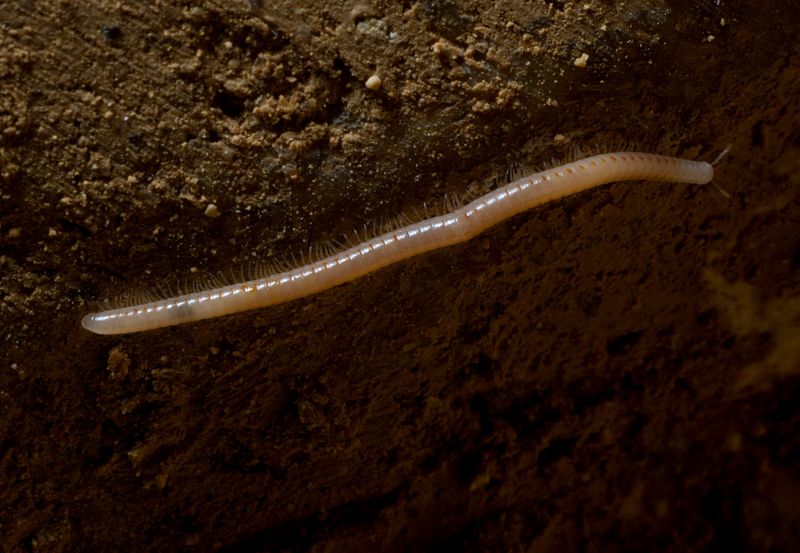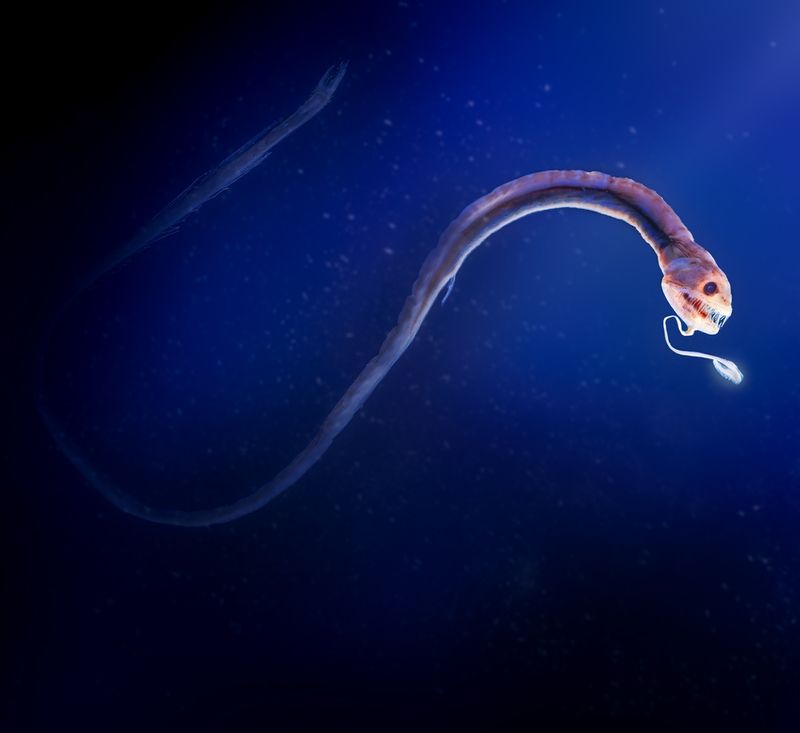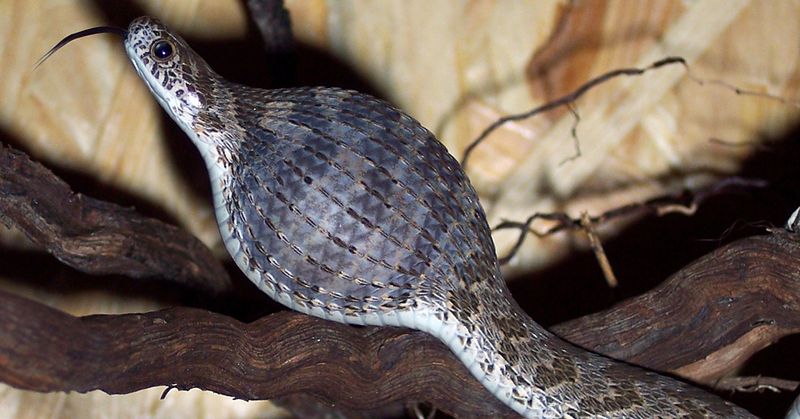Cut off from the rest of the world 5.5 million years ago, the Movile Cave has developed a unique and bizarre ecosystem like no other place on Earth.
Sitting a few miles from the Black Sea coast in Romania, the cave is one of the most isolated places on the planet, having been sealed off by thick layers of clay and limestone during the late Miocene era. When it was discovered in 1986 by researchers looking for a place to build a nuclear power plant, they instead discovered a biologist’s goldmine.
If you’re an introvert thinking you’ve just found your dream home, you’ll be sad to find out that access to the cave is guarded and granted only by special permission. The 100 percent humidity, toxic atmosphere, and total lack of sunlight would also make it a fairly grim place to spend an extended amount of time.
The harsh conditions haven’t put off life entirely though – intrepid researchers have discovered that the cave plays host to a multitude of strange species, adapted to the unique atmosphere.
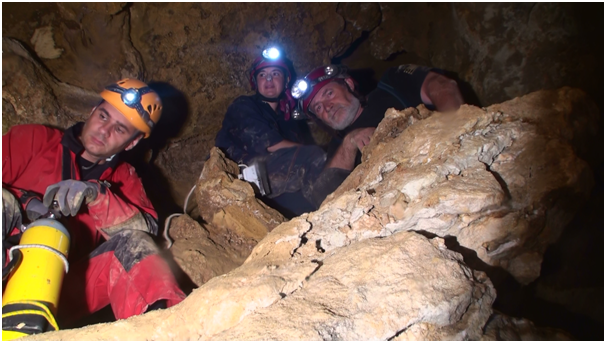
Scientists have identified 53 invertebrate species living in the Movile Cave, 37 of which are found nowhere else on Earth. Spiders, water scorpions, and leeches are among these cave-dwellers, as well as a newly discovered centipede species crowned “king of the cave” back in a 2020 paper.
What makes life in the cave so unique is how it has adapted to the unusual conditions. Most of the resident creatures have no eyes and lack pigment, because, well, who needs snazzy colors or functioning eyes when you live in the dark?
A distinct type of food chain has also arisen. Whilst most ecosystems depend on photosynthesis – getting energy from sunlight – the Movile ecosystem instead has to rely upon chemosynthesis.
With no sunlight and minimal oxygen, bacteria in the cave instead oxidize the abundance of methane and sulfur to produce nutrients and form microbial mats, which are then eaten by creatures on the ground and in the caves’ waters.
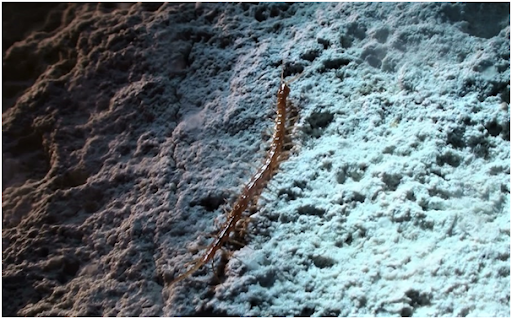
The Movile cave is the only land-based ecosystem with a chemosynthetic food chain – it’s more like what we find near hydrothermal vents in the alien-like depths of the ocean.
“The Movile Cave system is similar to deep sea vents in having a chemoautotrophic food base and a diverse biota. However, the cave system appears to lack the symbioses between chemo-autotrophic microbes and animals so characteristic of deep sea vent communities,” said researchers who studied the cave in a 1996 paper.
Having only been discovered 37 years ago, there are likely many mysteries still lurking within the Movile Cave. If we’re lucky, they could reveal some of the answers to the secrets of evolutionary biology.

